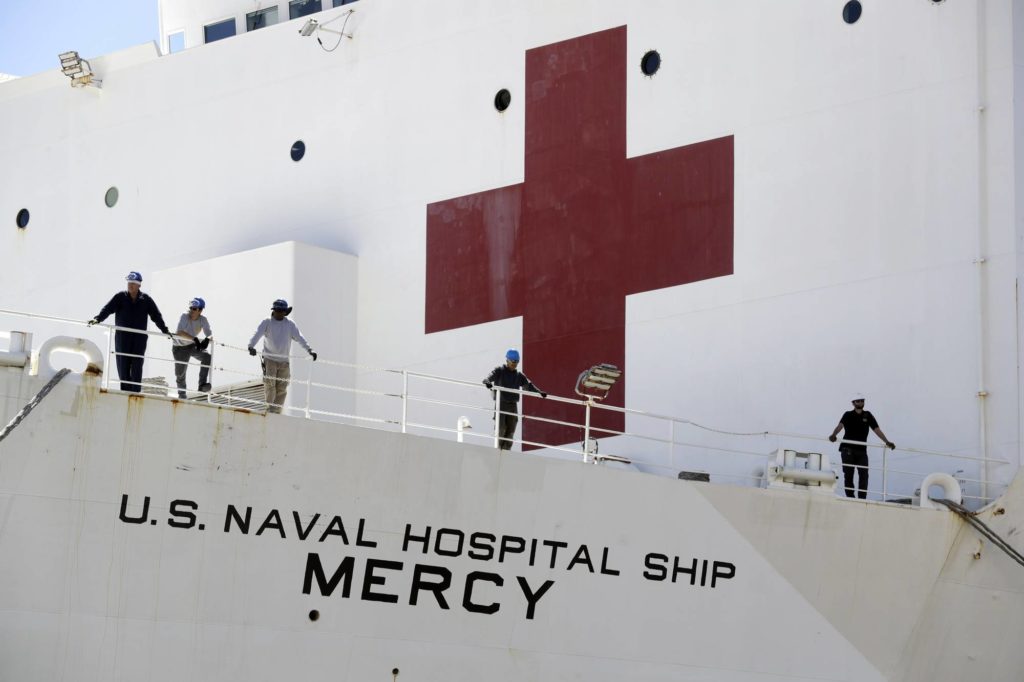
The Navy’s highest-ranking official says the service’s plan to cut medical billets as part of a larger Defense-wide drawdown could use a deeper look after the experiences of COVID-19.
About two years ago, the Defense Department unveiled a plan to reduce its medical staff by 18,000, mostly through attrition, however the scheme has been controversial among lawmakers and interest groups alike.
During a House Appropriations Defense Subcommittee hearing, Chief of Naval Operations Adm. Michael Gilday said the service is questioning its role in that plan.
“I think we learned a lot during COVID and it gave us a lot of insights into where there are likely friction points with respect to military health care reform,” he said Thursday. “A number of our personnel were deployed forward at COVID hotspots, and also we’re still doing vaccinations. That put a strain on our military hospitals, as you would expect. We did, to balance that deployment of personnel, is we actually reduced the services that those military health care facilities.”
The reduction came in the form of stopping or limiting elective procedures during the height of the pandemic. Gilday said that is not sustainable in the long run.
Gilday said the pandemic exposed issues with the Military Health System’s plans to reform, but he does not have full insights yet on how extensive those were.
DoD put a hold on cutting the billets during the pandemic and Congress legally stopped the Pentagon from continuing the cuts until the military could provide a review of medical manpower requirements for each service, an analysis of billets, a plan to address gaps, determinations of TRICARE network adequacy and outreach plans for beneficiaries to continue health services.
“One of the things you see, especially with the manpower requirements, is we want the department to take a hard look at their support for pandemic influenza and the homeland defense missions,” a House Armed Services Committee aide said when the provision was placed in the 2020 defense authorization bill. “We want to make sure they have the right medical force structure in place.”
The plan involves restructuring up to 50 military treatment facilities (MTF) as well.
The Defense Health Agency, for its part, has undertaken some of those studies and feels it can at least move forward with taking over military hospitals and putting some TRICARE beneficiaries in private markets.
“The markets in some of the areas changed significantly, just like you saw in the newspaper and elsewhere, a lot of providers closed up their doors, and a lot of access went away,” Dr. Brian Lein, DHA assistant director for healthcare administration, told Federal News Network in February. “The United States lost a lot of hospitals, and hospital capability, especially in some smaller communities, where it couldn’t support those hospitals in terms of finances.”
DHA is now in the process of reconsidering its rightsizing plan and taking into account the changing medical communities. Lien said DHA has not yet come up with a number of how many patients will be offloaded from MTFs and how many MTFs will close.
